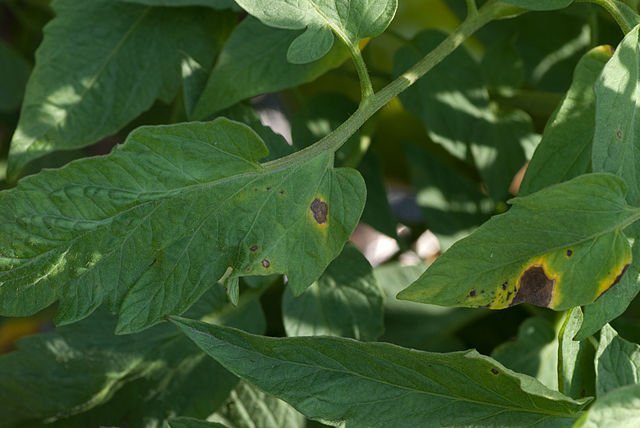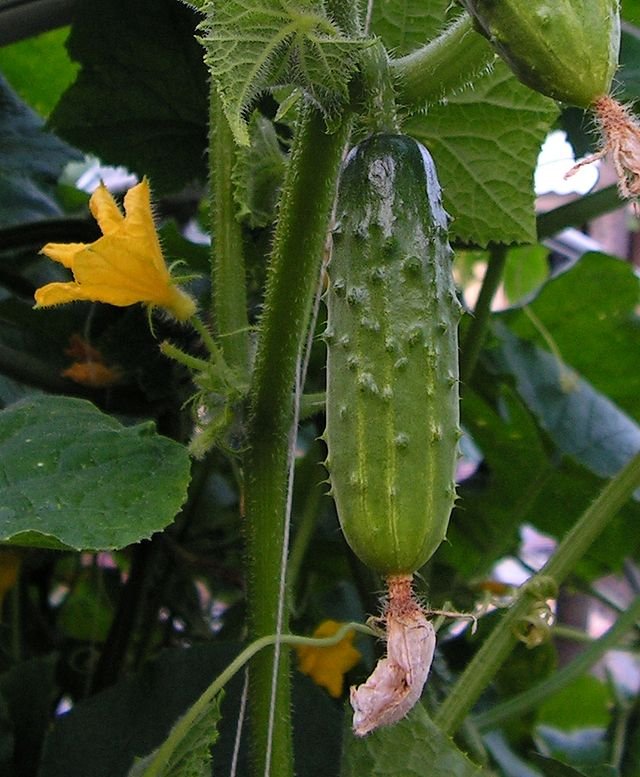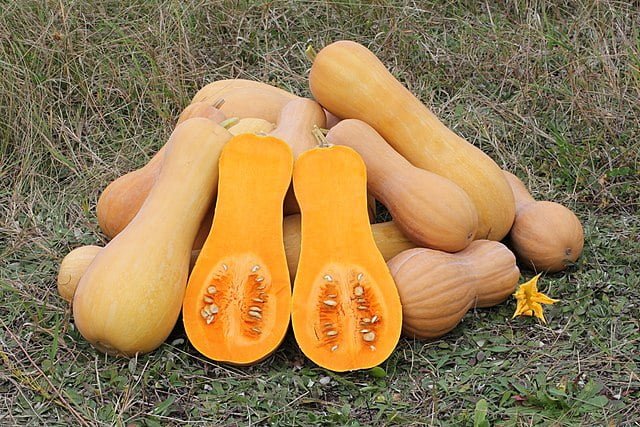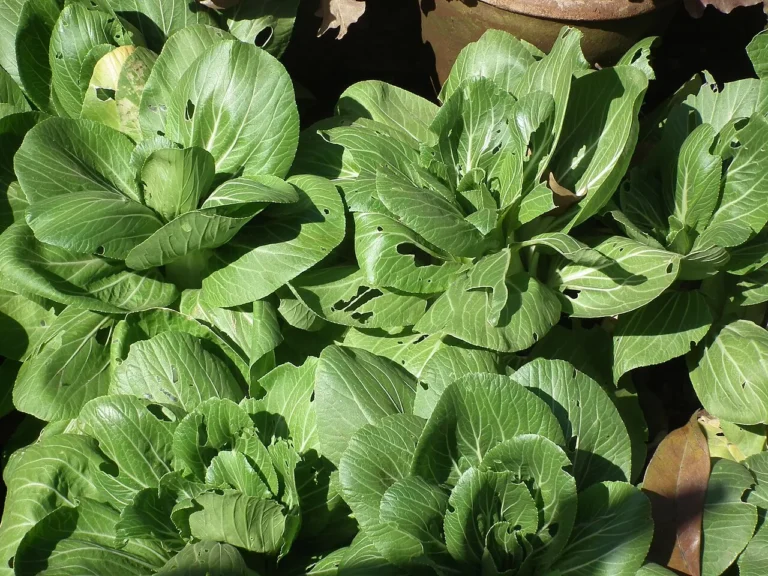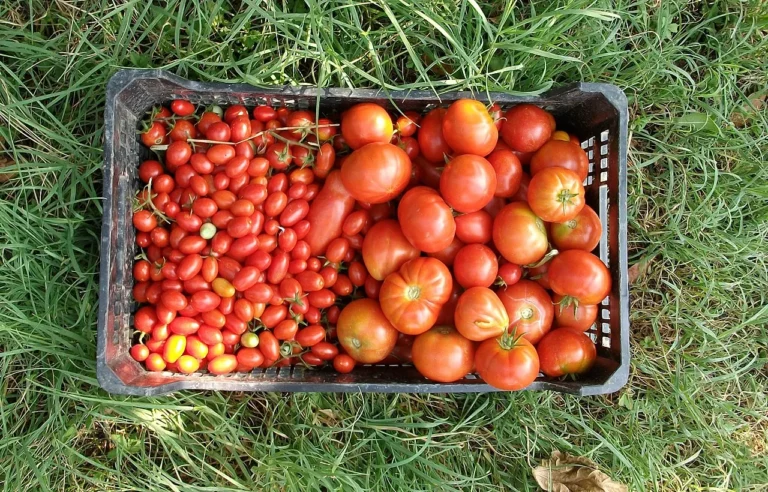Winning the Battle Against Early Blight
Gardeners are often faced with numerous challenges, and one of the most common is early blight. This disease, caused by the fungus Alternaria solani, primarily affects tomatoes and potatoes but can also infect other members of the nightshade family. In this article, we’ll delve into what early blight is, how to recognize it, and strategies to manage and prevent it in your garden.
Understanding Early Blight
Early blight is a fungal disease that thrives in warm, humid conditions. It overwinters in plant debris and soil and can be spread by wind, rain, or even on tools and clothing. Once it establishes, it can cause significant yield loss if not properly managed.
Identifying Early Blight
Early blight initially manifests as small, dark spots on the older, lower leaves of the plant. As the disease progresses, these spots expand into larger, concentric rings, giving them a ‘bullseye’ appearance. The affected leaves may turn yellow, wither, and eventually fall off, often leaving the lower part of the plant bare while the top remains green.
Preventing Early Blight
Prevention is the first line of defense against early blight. Here are some preventative measures you can take:
- Crop Rotation: Avoid planting tomatoes or potatoes in the same spot where these or related crops were grown in the past two years.
- Proper Spacing: Provide adequate space between plants to improve air circulation, which helps leaves dry faster and reduces the spread of the disease.
- Mulching: Use organic mulch to prevent fungal spores in the soil from splashing onto lower leaves.
- Resistant Varieties: If possible, choose plant varieties that have been bred for resistance to early blight.
Managing Early Blight
If early blight has already established in your garden, take swift action:
- Remove Infected Leaves: Prune any leaves showing signs of early blight, and dispose of them away from your garden to prevent the spread of spores.
- Apply Fungicides: Fungicides, especially those containing copper or chlorothalonil, can be effective if used early and applied regularly. Always follow the product label’s instructions.
- Maintain Good Garden Hygiene: At the end of the season, clean up and dispose of all plant debris. This reduces the number of fungal spores that can overwinter in your garden.
While early blight can be a formidable foe, understanding its nature and how to prevent it can significantly reduce its impact on your garden. Regular monitoring, good gardening practices, and prompt action at the first sign of disease can help ensure your tomatoes and other susceptible plants remain healthy and productive. Remember, a proactive gardener is a successful gardener. Happy gardening!

